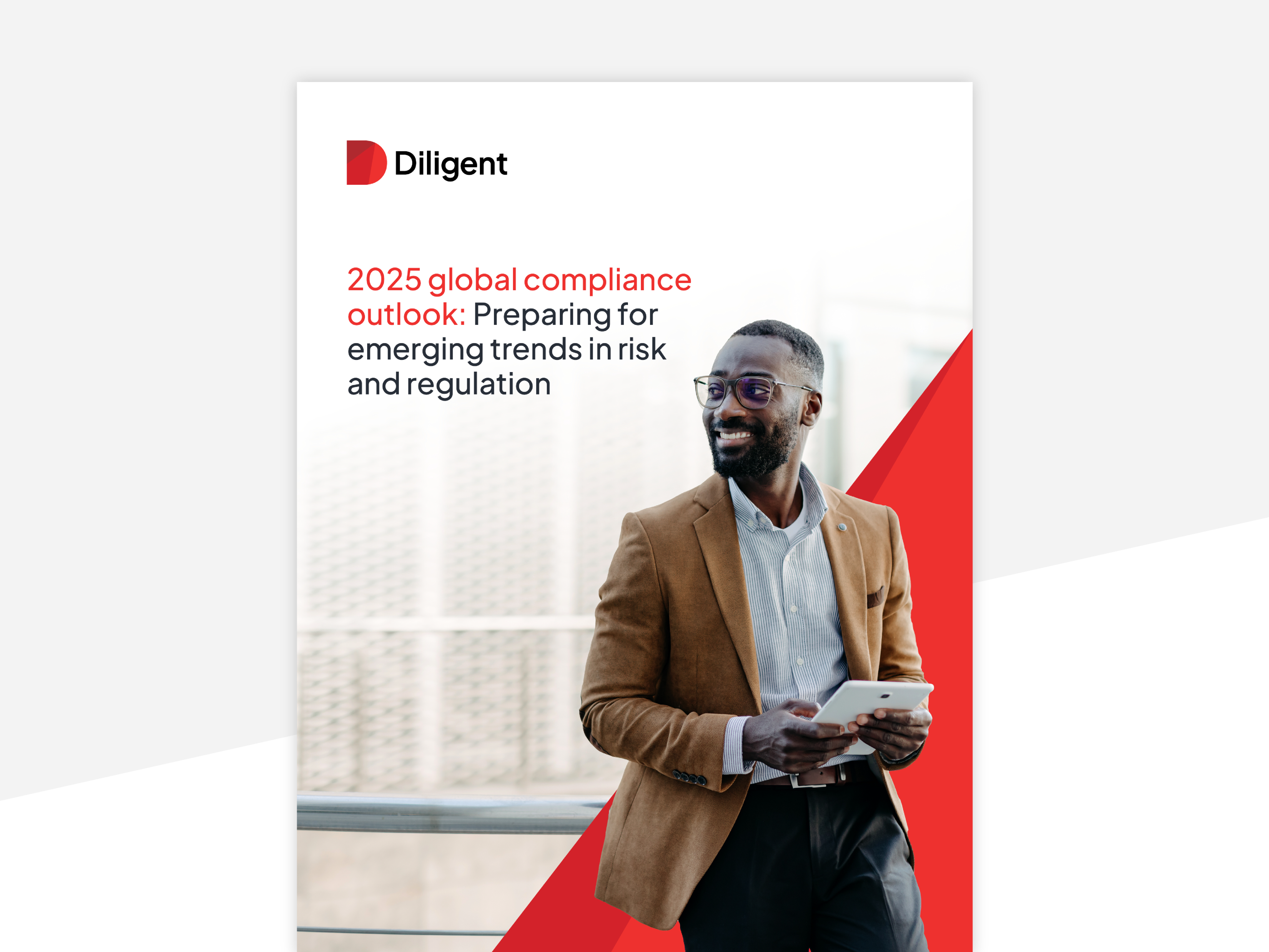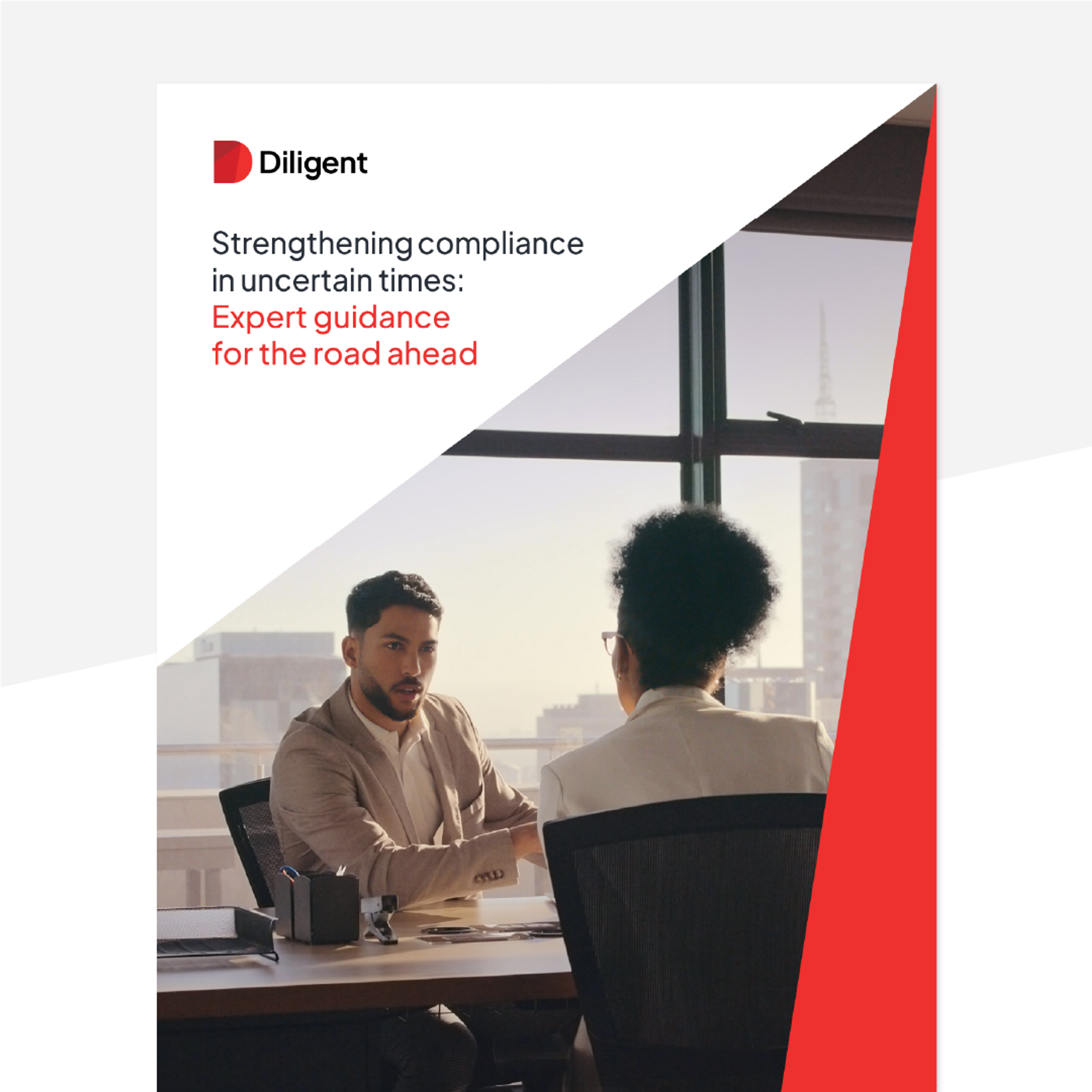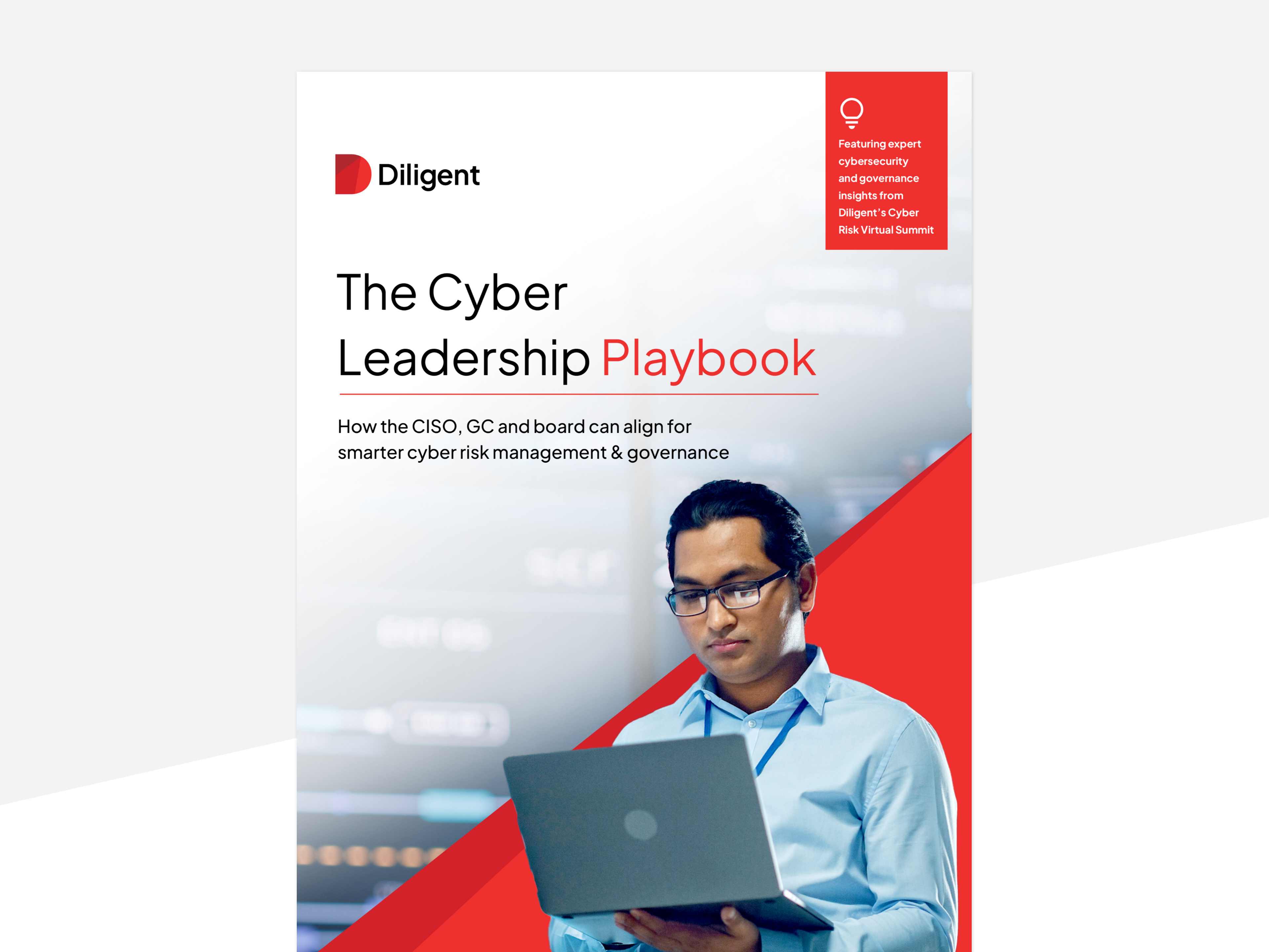Why the SOCI Act matters now more than ever

The Security of Critical Infrastructure (SOCI) Act has shifted from policy to reality, and it’s putting Australian organisations under the spotlight. While updates to the Act landed in 2024, the real wake-up call came when audits began in earnest.
For those working in essential services, SOCI compliance isn’t a nice-to-have: it’s urgent, complex, and increasingly under regulatory scrutiny. The SOCI Act applies to 11 key sectors, including energy and water, transport, and banking.
If you’re in a leadership or governance role in these key sectors, the pressure is on. But here’s the good news: the Act doesn’t just introduce new risks, it also presents a rare opportunity to future-proof your operations and build trust from the boardroom to the community.
Let’s dive into what you need to know, and how governance, risk, and compliance (GRC) technology can help you stay ahead.
What is the SOCI Act, and who needs to comply?
At its core, the SOCI Act is designed to safeguard the infrastructure that underpins Australia’s essential services, including electricity grids, ports, food supply chains, and financial services.
It’s enforced by the Cyber and Infrastructure Security Centre (CISC) under the Department of Home Affairs. And it's more than just ticking boxes. It’s about actively managing and reducing risk in a world where cyber threats, sabotage, and espionage are real concerns.
Key elements of the SOCI Act include:
- Register of Critical Infrastructure Assets. Organisations must declare and maintain an accurate inventory of their critical assets.
- Critical Infrastructure Risk Management Program (CIRMP). A board-approved framework for managing risks such as cyberattacks, physical breaches, and supply chain vulnerabilities.
- Enhanced Cyber Security Obligations (ECSO). Entities deemed at a higher risk must report incidents within tight timeframes and participate in cyber exercises.
- Government Assistance provisions. In extreme situations, the regulator can directly intervene to protect infrastructure.
If your organisation falls under the SOCI umbrella, compliance isn’t optional, and the stakes are high.
What are the risks of non-compliance with the SOCI Act?
The SOCI Act carries serious consequences for organisations that fail to meet their obligations. Cyberattacks impacting Australia’s critical infrastructure, such as ports or healthcare services, show how quickly things can spiral out of control without adequate oversight.
Beyond regulatory penalties, the risks include:
- Operational disruption. Think: delayed port services, power outages, or compromised healthcare systems.
- Reputational damage. Loss of public trust, especially when critical services are impacted.
- Government intervention. If you’re not seen to be managing risks, the government can step in.
Many organisations grappling with the SOCI Act face common challenges that can make compliance feel daunting.
For starters, there is often uncertainty about which assets qualify as “critical,” leading to confusion and inconsistent reporting. Teams may also be working in silos, with risk, IT, and compliance functions operating separately, making it difficult to build a unified approach. Add to that a lack of internal expertise or capacity to implement the new requirements, and the task can quickly become overwhelming.
Perhaps most critically, many organisations struggle to present the board with a clear, consolidated view of their compliance efforts, which is essential for securing executive buy-in and meeting governance obligations.
Given these challenges, it’s easy to feel overwhelmed. But that’s where GRC technology can make a real difference.
The Cyber Leadership Playbook
Learn how to fully align your CISO, GC and board on cyber risk — and take control of SOCI compliance before your next audit or incident hits.
Show me howTurning compliance into confidence: The GRC tech advantage
So how do you go from reacting to risks to proactively managing them? Enter GRC platforms.
Think of a GRC platform as your command centre for critical infrastructure risk and compliance. It helps you coordinate across teams, automate processes, and gain real-time oversight.
Here’s how GRC tech helps you stay ahead of the SOCI curve:
- Automation. Replace spreadsheets with smart workflows. Have your critical asset register and asset ownership records available at a single click of a button by integrating it with ERP asset register. Never miss a compliance obligation and stay ahead of regulatory audits, all with built-in compliance mapping and reporting features.
- Centralisation. Bring IT, asset, risk and compliance into one system. Everyone sees the same data in the same place, in real time. A holistic GRC solution supports an end-to-end compliance program, encompassing risk management across cyber, personnel, physical security, and supply chain risks, as well as cyber incident management. This enables assurance over controls and ensures compliance with reporting and notification requirements, all within a single platform.
- Visibility. Solution that will go beyond dashboards and visualisations, enabling continuous monitoring and reporting, keeping senior leadership updated on the ongoing health of the SOCI compliance program. This also enables integration with external data sources, allowing for benchmarking of performance against industry peers. All this fosters board and leadership confidence in decision-making and focusing on organisational performance.
Building a proactive SOCI compliance strategy: Some best practices
Ready to strengthen your SOCI compliance program? Start with these five best practices:
- Perform a gap analysis with the SOCI program. Perform a compliance assessment to understand the gap between as-is processes and the expected compliance requirement to determine areas of improvement. Frame a compliance program with the help of experts covering a compliance library, risk management plan, and cyber reporting framework.
- Get the board and leadership to buy in. SOCI compliance needs resources and oversight. Secure executive buy-in from the beginning to avoid delays and rework. Present the gap analysis and obtain necessary approvals, including the appointment of the SOCI Compliance program lead and business cases approval to allocate requisite resources to automate compliance management.
- Map your critical infrastructure assets. Bring together IT, operations, and compliance to agree on what counts as “critical assets” under the SOCI Act. Consistent definitions are key and integrate with the risk and compliance program to have
- Integrate your risk framework. Cybersecurity, physical security, personnel vetting, and supply chains all connect. Manage them in a unified program.
- Pick the right GRC platform. Choose a system that’s built for SOCI compliance. Look for tools that support incident reporting, asset registers, and cross-department collaboration.
- Test and improve regularly. Compliance isn’t one-and-done. Run internal reviews and simulations to stay ready for real incidents or your next audit.
Beyond Australia: The SOCI Act is part of a global shift
Australia’s SOCI Act is a part of a broader, global trend. Around the world, and more recently across APAC, governments have recognised that national security is inseparable from infrastructure and cyber resilience, and they’re tightening regulations to protect everything from power grids to payment platforms.
Let’s take a closer look at similar laws in other regions and what they have in common:
A global convergence on critical infrastructure protection
| Jurisdiction | Regulation | Core focus areas |
|---|---|---|
| EU | NIS2 Directive | Cyber risk management, supply chain security, incident reporting |
| Singapore | Cybersecurity Act 2018 | Designation of Critical Information Infrastructure (CII), regulatory powers, mandatory compliance |
| Philippines | Critical Information Infrastructure Protection Act (CIIPA) Bill | CII protection, mandatory risk mitigation, real-time government assistance |
| Malaysia | Cyber Security Act 2024 | CII registration, cybersecurity controls, coordinated threat response |
| USA | Cybersecurity and Infrastructure Security Agency (CISA) oversight (via CIRCIA, NIST, and sector-specific rules) | Cyber incident reporting, national threat sharing, resilience standards |
What do these regulations have in common?
Across borders, these regulations share a few key themes which your organisation can’t afford to ignore if you operate internationally:
- Mandatory identification of critical assets. Just like the SOCI Act’s requirement for a critical asset register, most jurisdictions require companies to identify and declare their “crown jewels”, ranging from data centres to pipelines to customer systems.
- Board-level accountability. Regulations globally are making it clear that cybersecurity and risk management aren’t just IT’s responsibility. Executive leaders and boards are being held accountable, often with specific sign-off obligations or penalties for negligence.
- Risk management frameworks. Whether it’s NIS2 in the EU or the Cybersecurity Act in Singapore, regulators want to see a formal, documented approach to risk management. Ideally, these are also aligned with international standards, such as ISO/IEC 27001, NIST, or the Australian Cyber Security Centre’s Essential Eight.
- Real-time incident reporting. Speed matters. Like SOCI’s 12-to-72-hour reporting window under ECSO, other frameworks, such as the EU’s NIS2 and the US CIRCIA, require organisations to alert regulators about cyber breaches quickly, often within 24 to 72 hours.
- Supply chain scrutiny. Increasingly, regulators want assurance that third-party providers, from software vendors to logistics partners, will avoid introducing unacceptable risks. This includes contractual due diligence, third-party assurance, and IT security protocols being implemented across third-party service providers.
- Government intervention powers. Much like SOCI’s Government Assistance provisions, several jurisdictions grant regulators the authority to intervene in response to national threats. This might involve taking control of systems, mandating security updates, or even halting operations in emergency situations.
Cut through compliance chaos
Get the expert-backed guide built for compliance leaders facing global uncertainty — and learn how to lead with clarity, consistency and control.
Get the guideWhy this matters for multinational organisations
If your organisation operates across multiple jurisdictions globally, complying with SOCI is just the start. You’re likely subject to multiple, overlapping regulatory regimes, and the cost of duplication, inconsistency, or gaps can be high.
This is where integrated GRC technology can play a crucial role. A well-designed GRC platform can:
- Harmonise obligations across jurisdictions by mapping them to shared risks and controls.
- Standardise reporting processes for different regulators without reinventing the wheel each time.
- Centralise reporting for audits, boards, and enable cross-border coordination.
- Streamline supply chain and third-party assurance processes.
A single source of truth for global compliance and resilience
The SOCI Act may be your regulatory starting point in Australia, but it should also serve as your blueprint for broader resilience. By aligning your compliance programs with global standards and leveraging technology to unify your risk data, you not only meet today’s requirements but also position your organisation for whatever comes next.
A modern GRC platform lets you simplify compliance, sharpen oversight, and strengthen your organisation’s defences, all while building trust with your board, your regulators, and the communities you serve. Whether you’re preparing for your first SOCI audit or building a future-ready security strategy, GRC tech gives you the clarity, confidence, and control to make it happen.
Talk to our experts today to discover how Diligent’s GRC solutions can help you simplify SOCI compliance and build a stronger, safer future.
More to explore

2025 global compliance outlook
Download our 2025 global compliance outlook to confidently navigate complex regulations, enhance risk management and secure your company's future.

Strengthening compliance in uncertain times
Download Diligent’s expert guide to strengthen compliance, manage risk and lead confidently through regulatory uncertainty.

The Cyber Leadership Playbook
Discover how CISOs, GCs & board leaders can align priorities, communicate risk clearly & use GRC tech to lead smarter, more resilient cyber governance.

